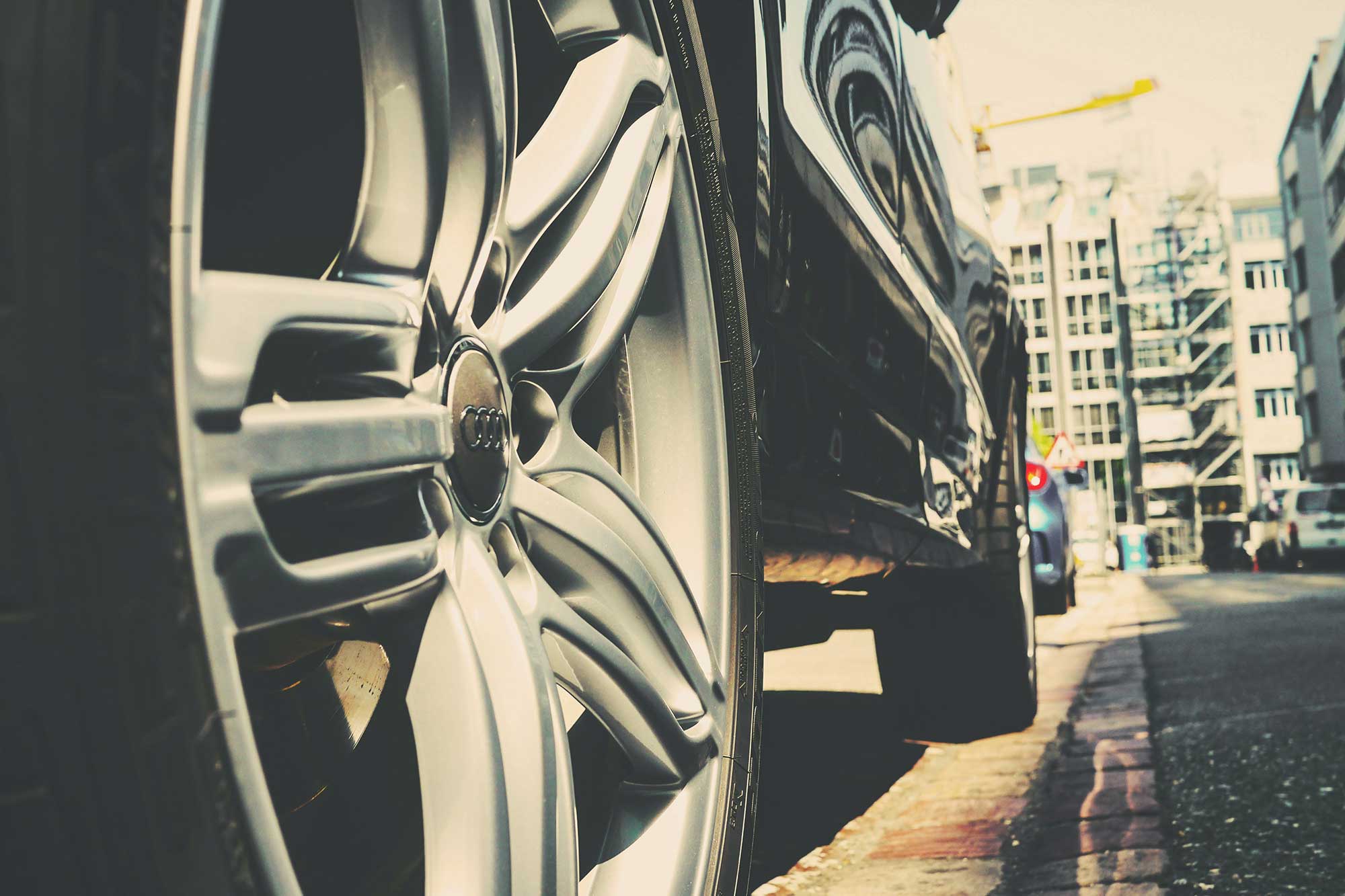How Auto Manufacturers Can Stand Out With Metal Finishing
Whether we drive our cars for work or for pleasure, there is always turmoil in our minds about which brand of car we wish to dedicate to the next years of our lives. Not only are we looking for a reliable vehicle, but we are looking for something that helps us feel defined. There are countless movies and tv shows illustrating how much time and money people put into their cars, trucks, and even their trailers. Here are a few things automobile manufactures can exemplify with metal finishing to make sure that their ride is the only ride.

Aesthetics
Most people are not using their Honda Civic to haul large loads of rubble across town. They are using it to get to the bank, go to work, venture to a bat mitzvah, navigate holidays at multiple locations and traverse the wilds for their vacations. According to a Global Consumer Report done in 2022, 32% of customers consider design to be one of the most important factors when buying a car. Other more important factors were safety and fuel efficiency. This is understandable as most of us want our car to be dependable, regardless of the color or shine, but the fact that aesthetics is second place should tell auto manufacturers to invest in this detail.
Metal finishing is an incredibly important part of a car’s overall performance and appearance, it’s a two for one. Not only will having advanced metal finishing done on the parts increase their lifespan and reduce the chance of rust, but it is also responsible for that silver sheen on the intricacies of the body. Every speck of chrome peeking out around the hood, tires, and windows are all finished in a way to provide that glimmer. Manufactures usually allocate that job to companies all over the United States as the process is done in bulk in large facilities dedicated to finishing smaller, usually more delicate, parts.
Automotive manufacturers usually play it very safe, and stick with nickel, aluminum, or stainless steel. There are tons of options out there for finishing that could make their vehicles pop out even more. Imagine a pitch-black finish around your headlights that still shines, but in the darkest shade of midnight you could dream. Chrome plating offers a crazy number of options in terms of color, while still providing resistance and durability to the vehicle.
Reliability
Depending on your work or hobbies, you might push your Ford F-150 through the ringer daily. Sometimes we hit a curb, and sometimes we haul our Christmas tree from one side of town to the other in the bed of our truck. Metal finishing is a boon when it comes to resisting wear and tear from activities that might scrape, scuff, stain or eat away at your vehicle.
Metal finishing can help resist all that wear and tear, and different kinds of finishings are better suited at deterring different kinds of stress. Some metal finishings even help with electrical conductivity. Making sure the finer parts of your truck bed are finished and coated with the proper type of finishing can extend its lifespan by a large margin and could be used as a major selling point for the more extreme cases.
Plenty of construction equipment is regularly beaten up by very harsh environments, and even chemicals that will slowly eat away at the chassis of large construction equipment. From Caterpillar bulldozers to Komatsu dump trucks, most equipment being used in high-stress situations can see a significant increase in durability with metal finishing as it will decrease the constant strain from use. Also, depending on the types of materials being bulldozed or hauled, the metal finishing can be specifically targeted to resist certain chemicals, salt, and most other corrosive substances.

Longevity
One of the biggest returns on investments customers can see in equipment is expanding the lifespan of their tools and vehicles. Metal finishing can improve the number of years parts can remain in use and will ultimately save operational costs by limiting or eliminating repurchases or repairs. Sometimes it only takes one part of a chassis to start rusting before a unit becomes less efficient or even unusable. Coatings used in the metal finishing process can help reduce or even eliminate the fear of certain parts failing due to rust or corrosion.
Delicate parts failing can lead to a much larger problem if gone unnoticed or unaddressed. Usually a Zinc-Nickel alloy is the best to combat corrosion. Most automotive manufacturers use this zinc-nickel alloy in their finishings because it produces a better long-term result, rather than just using zinc by itself. Copper can be used on much finer electronics as it has much more conductivity. This type of finishing can enhance the circuit boards and computers on board your vehicles or equipment.
Anodizing and Passivation are techniques used in tandem with metals to also make them less reactive to corrosive elements and extend their life. Passivation does what it sounds like, it makes the surface of metals passive, having fewer chemical reactions to whatever might splash or spill onto your vehicles. Anodizing is usually used with aluminum to create a film on nonferrous metals, creating an extra layer of protection that does not react with many chemicals as the aluminum is oxidized.
There are many reasons for manufacturers to consider specific types of metal finishings, as advertising these key benefits can appeal to a wide range of clients. Ranging from construction companies to individual outdoor enthusiasts, showing the benefit of a longer-lasting chassis or more durable truck beds will bring in a larger clientele willing to pay a premium price. Areway metal Finishing knows the trade better than anyone else in the Great Lakes area. Make sure to speak with one of our professionals today about which metal finishing is the best for the job.



 Powered by
Powered by